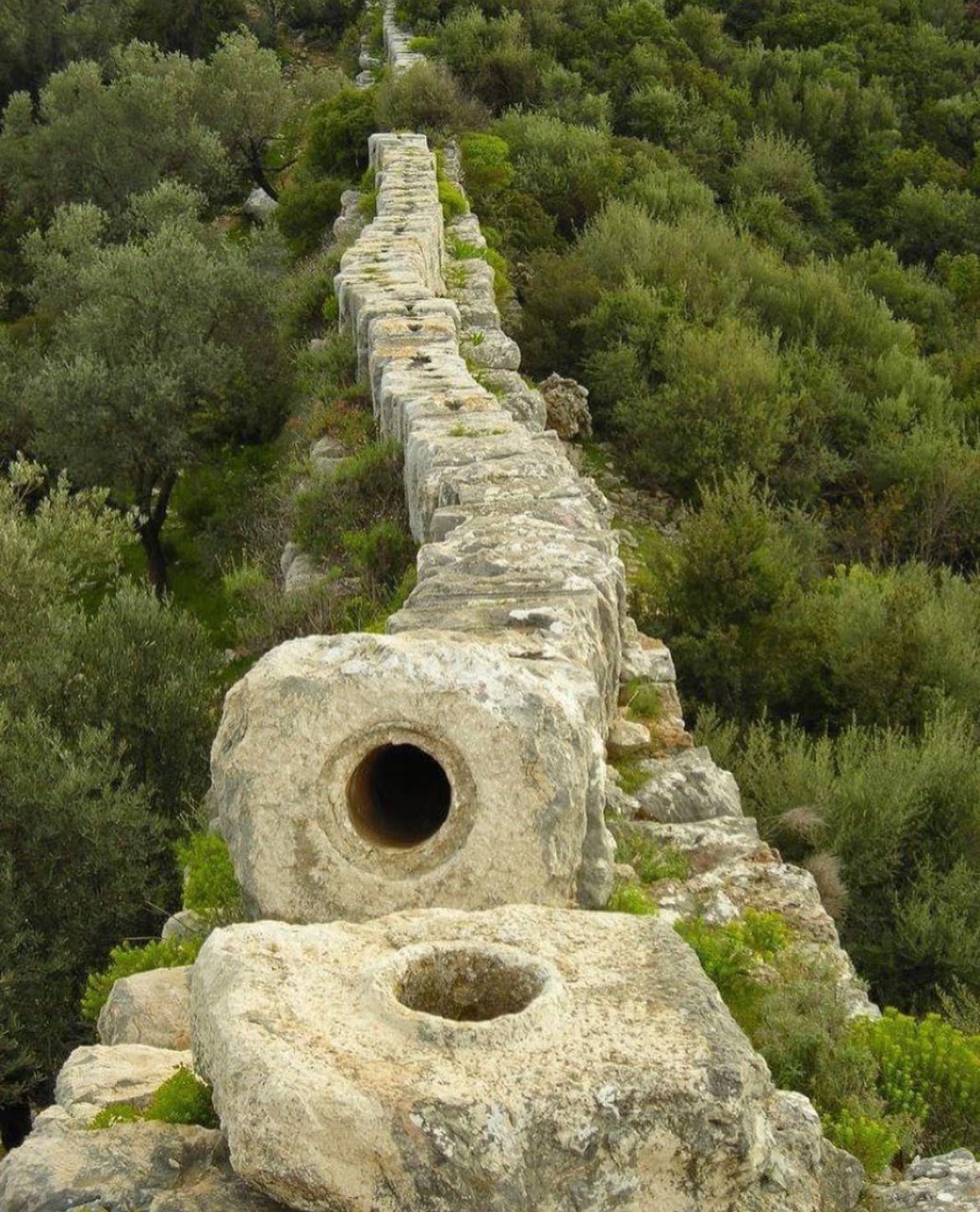- This topic has 1 reply, 1 voice, and was last updated 4 months ago by .
-
Topic
-
Up0
The Ancient Roman aqueducts, scattered across modern-day Turkey, stand as a testament to the unparalleled engineering and architectural prowess of the Roman Empire.
Dating back thousands of years, these monumental structures were a giant leap forward from earlier water transportation systems pioneered by civilizations in Egypt and India. Constructed between 312 BC and AD 226 over a span of 500 years, these aqueducts played a crucial role in supplying fresh water to densely populated areas. Commissioned by renowned Roman rulers such as Augustus, Caligula, and Trajan, they became iconic symbols of Rome’s technological advancement and civic development.
Details:
- Engineering Marvels: The Roman aqueducts comprised a sophisticated network of pipes, tunnels, canals, and bridges that ingeniously utilized the natural terrain and gravity to transport water from sources like lakes and springs to urban centers. This innovative approach marked a substantial improvement over previous water supply systems.
- Purpose and Usage: Once the aqueducts delivered water to the cities, it served a myriad of purposes, including drinking, irrigation, public fountains, and baths. The capital city of Rome alone boasted up to 11 aqueduct systems, some extending as far as 92 km (57 miles) to ensure a consistent water supply.
- Historical Significance: The funding for these monumental projects came from both public and private sources, reflecting the importance placed on civic amenities by Roman society. The aqueducts became integral to the daily lives of Roman citizens and played a crucial role in the city’s growth and prosperity.
- Enduring Legacy: Remarkably, several ancient Roman aqueducts still function today, providing water to modern-day Rome. The Aqua Virgo, constructed by Agrippa in 19 BC during the reign of Augustus, continues to supply water to the iconic Trevi Fountain in the heart of the city. This living testament to Roman engineering showcases the lasting impact of the empire on the development of contemporary infrastructure.
Here’s a video of how it worked and was built
The ancient Roman aqueducts, standing resilient through centuries, serve as more than remnants of a bygone era—they are living testaments to the indomitable spirit of Roman innovation. These engineering marvels not only met the immediate needs of their time but continue to influence modern infrastructure, exemplifying the enduring legacy of the Roman Empire in shaping the course of history.
Interestingly, some of these ancient Roman aqueducts are still functional and continue to provide modern-day Rome with water. For example, the Aqua Virgo, an aqueduct built by Agrippa in 19 BC during the reign of Augustus, supplies water to the iconic Trevi Fountain in the heart of Rome. This remarkable feat of engineering demonstrates the enduring legacy of the Roman Empire and its impact on the development of modern infrastructure.
- You must be logged in to reply to this topic.

